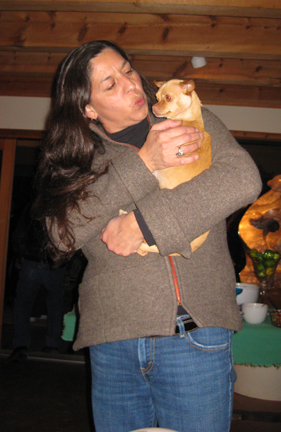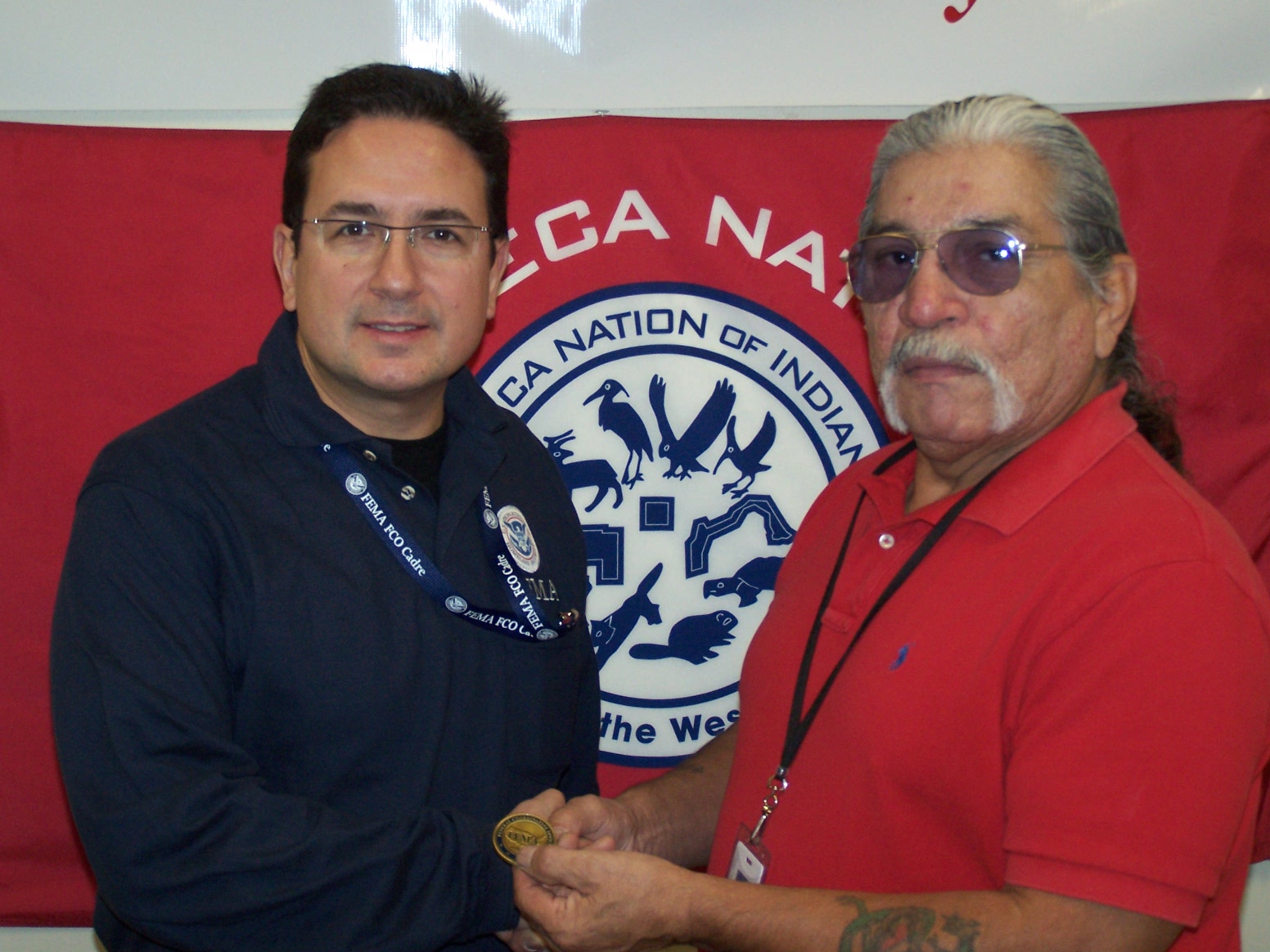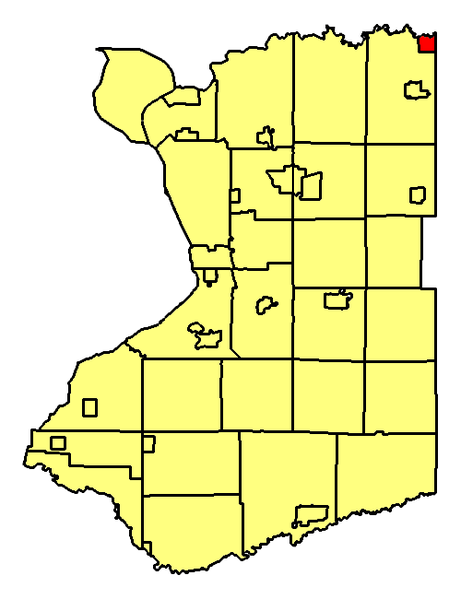|
Chonodote
Chonodote was an 18th-century village of the Cayuga nation of Iroquois Indians in what is now upstate New York, USA. It was located about four and a half miles south of Goiogouen, on the east side of Cayuga Lake. Earlier, during the 17th century, this village was known as Deawendote, or ''Village of the Constant Dawn''. Chonodote was known as Peachtown to the American army because of its orchard of over a thousand peach trees. It consisted of about fourteen longhouses and stood very near the site of the present-day village of Aurora, New York. On September 24, 1779, the village became the last one to be destroyed by the Sullivan-Clinton Campaign, under the command of William Butler: As remorseless as a cannon shot, the axe levelled every tree though burdened with its loads of luscious fruit, and the freshly ripened corn was gathered only to be destroyed. At 10 o'clock A. M., the torch was applied to the dwellings, and as the crackling flames lifted their fiery heads over this s ... [...More Info...] [...Related Items...] OR: [Wikipedia] [Google] [Baidu] |
Aurora, Cayuga County, New York
Aurora, or Aurora-on-Cayuga, is a village and college town in the town of Ledyard, Cayuga County, New York, United States, on the shore of Cayuga Lake. The village had a population of 724 at the 2010 census. Wells College, an institution of higher education for women founded by Henry Wells in 1868, is located in Aurora. It became coeducational in 2005, and since then enrollment has risen. In 1980, its Aurora Village-Wells College Historic District, with more than 50 contributing properties, was listed on the National Register of Historic Places. From 2001 to 2007, redevelopment of historic properties in the village by entrepreneur Pleasant Rowland and the Aurora Foundation earned compliments, as well as provoking citizen concern, a lawsuit joined by state and national preservation organizations, and national media attention. History Indigenous peoples occupied the lakeshore and riverways in present-day New York for thousands of years. Prior to European-American settlement ... [...More Info...] [...Related Items...] OR: [Wikipedia] [Google] [Baidu] |
Cayuga Tribe
The Cayuga (Cayuga: Gayogo̱hó꞉nǫʼ, "People of the Great Swamp") are one of the five original constituents of the Haudenosaunee (Iroquois), a confederacy of Native Americans in New York. The Cayuga homeland lies in the Finger Lakes region along Cayuga Lake, between their league neighbors, the Onondaga to the east and the Seneca to the west. Today Cayuga people belong to the Six Nations of the Grand River First Nation in Ontario, and the federally recognized Cayuga Nation of New York and the Seneca-Cayuga Tribe of Oklahoma. History Political relations between the Cayuga, the British, and the Thirteen Colonies during the American Revolution were complicated and variable, with Cayuga warriors fighting on both sides (as well as abstaining from war entirely). Most of the Iroquois nations allied with the British, in part hoping to end encroachment on their lands by colonists. In 1778, various Iroquois bands, oft allied with British-colonial loyalists (Tories) conducted a ... [...More Info...] [...Related Items...] OR: [Wikipedia] [Google] [Baidu] |
Goiogouen
Goiogouen (also spelled Gayagaanhe and known as Cayuga Castle), was a major village of the Cayuga nation of Iroquois Indians in west-central New York State. It was located on the eastern shore of Cayuga Lake on the north side of the Great Gully Brook, about south of the large 17th-century Cayuga town of Tiohero; and approximately along the southern line of the modern-day township of Springport, New York. It was located about four miles (6 km) north from Chonodote, the present-day location of the village of Aurora, New York and about two miles (3 km) south of the village of Union Springs, New York. Goiogouen was established at least as early as 1656 when the French mission of St. Joseph was founded nearby. It remained occupied through the late 17th century and most of the 18th century. It was abandoned after being destroyed by US forces in 1779, but was reoccupied until 1784. In 1656, Jesuit missionaries Joseph Chaumanot and René Menard came to the area from Ono ... [...More Info...] [...Related Items...] OR: [Wikipedia] [Google] [Baidu] |
Sullivan Expedition
The 1779 Sullivan Expedition (also known as the Sullivan-Clinton Expedition, the Sullivan Campaign, and the Sullivan-Clinton Genocide) was a United States military campaign during the American Revolutionary War, lasting from June to October 1779, against Loyalists and the four British allied Nations of the Iroquois (also known as the Haudenosaunee). The campaign was ordered by George Washington, in response to the 1778 Iroquois–British attacks on Wyoming, German Flatts and Cherry Valley, with the aim of "taking the war home to the enemy to break their morale". The Continental Army carried out a scorched-earth campaign, chiefly in the lands of the Iroquois Confederacy (also known as the Longhouse Confederacy) in what is now Pennsylvania and western New York state. The expedition was largely successful, with more than 40 Iroquois villages and their stores of winter crops destroyed, breaking the power of the Iroquois in New York all the way to the Great Lakes.Ordering the "p ... [...More Info...] [...Related Items...] OR: [Wikipedia] [Google] [Baidu] |
Wells College
Wells College is a private liberal arts college in Aurora, New York. The college has cross-enrollment with Cornell University and Ithaca College. For much of its history it was a women's college. Wells College is located in the Finger Lakes region of New York. It is within the Aurora Village–Wells College Historic District, listed on the National Register of Historic Places. The college has an average student body of 450 and a student to faculty ratio of 9:1. It has five residence halls and seven academic buildings. History Wells was established as a women's college in 1868 by Henry Wells, co-founder of Wells Fargo and the American Express Company. Wells had the building for Wells Seminary constructed on property he donated. On August 9, 1888, the college's main building burned to the ground. The building was replaced in 1890 by the current Main Building, designed by architect William Henry Miller. In 1906 Henry Wells' 1852 mansion, Glen Park, was purchased by the ... [...More Info...] [...Related Items...] OR: [Wikipedia] [Google] [Baidu] |
Cayuga
Cayuga often refers to: * Cayuga people, a native tribe to North America, part of the Iroquois Confederacy * Cayuga language, the language of the Cayuga Cayuga may also refer to: Places Canada * Cayuga, Ontario United States * Cayuga, Illinois *Cayuga, Indiana * Cayuga, Mississippi *Cayuga, New York * Cayuga, North Dakota * Cayuga, Texas * Cayuga, Oklahoma * Cayuga, Wisconsin *Cayuga County, New York *Cayuga Lake Cayuga Lake (,,) is the longest of central New York's glacial Finger Lakes, and is the second largest in surface area (marginally smaller than Seneca Lake) and second largest in volume. It is just under long. Its average width is , and it is a ..., one of the Finger Lakes in New York ** Cayuga Lake AVA, a New York wine region *Cayuga Falls, a waterfall in Ricketts Glen State Park in Pennsylvania * Cayuga Park, Saint Paul, Minnesota *Cayuga Terrace, a neighborhood in San Francisco, California Other uses * Cayuga duck, a breed of domestic duck * Cayuga Genera ... [...More Info...] [...Related Items...] OR: [Wikipedia] [Google] [Baidu] |
Archaeological Sites In New York (state)
Archaeology or archeology is the scientific study of human activity through the recovery and analysis of material culture. The archaeological record consists of artifacts, architecture, biofacts or ecofacts, sites, and cultural landscapes. Archaeology can be considered both a social science and a branch of the humanities. It is usually considered an independent academic discipline, but may also be classified as part of anthropology (in North America – the four-field approach), history or geography. Archaeologists study human prehistory and history, from the development of the first stone tools at Lomekwi in East Africa 3.3 million years ago up until recent decades. Archaeology is distinct from palaeontology, which is the study of fossil remains. Archaeology is particularly important for learning about prehistoric societies, for which, by definition, there are no written records. Prehistory includes over 99% of the human past, from the Paleolithic until the advent o ... [...More Info...] [...Related Items...] OR: [Wikipedia] [Google] [Baidu] |
Ithaca College
Ithaca College is a private college in Ithaca, New York. It was founded by William Egbert in 1892 as a conservatory of music and is set against the backdrop of the city of Ithaca (which is separate from the town), Cayuga Lake, waterfalls, and gorges. The college is best known for its large list of alumni who have played prominent roles in the media and entertainment industries. Ithaca College is internationally known for the Roy H. Park School of Communications, which is ranked by several organizations as a top school for journalism, film, media and entertainment. The college has a strong liberal arts core, and offers several pre-professional programs, along with some graduate programs. Ithaca College has been ranked among the Top 10 masters universities in the "Regional Universities North" category by '' U.S. News & World Report,'' every year since 1996, and was ranked tied at ninth for 2021. Ithaca College is consistently named among the best colleges in the nation by ''Pri ... [...More Info...] [...Related Items...] OR: [Wikipedia] [Google] [Baidu] |
Onondaga Nation
The Onondaga people ( Onondaga: , ''Hill Place people'') are one of the original five constituent nations of the Iroquois (''Haudenosaunee'') Confederacy in northeast North America. Their traditional homeland is in and around present-day Onondaga County, New York, south of Lake Ontario. They are known as ''Gana’dagwëni:io’geh'' to the other Iroquois tribes. Being centrally located, they are considered the "Keepers of the Fire" (''’'' in Tuscarora) in the figurative longhouse that shelters the Five Nations. The Cayuga and Seneca have territory to their west and the Oneida and Mohawk to their east. For this reason, the League of the Iroquois historically met at the Iroquois government's capital at Onondaga, as the traditional chiefs do today. In the United States, the home of the Onondaga Nation is the Onondaga Reservation. Onondaga peoples also live near Brantford, Ontario on Six Nations territory. This reserve used to be Haudenosaunee hunting grounds, but much of the Co ... [...More Info...] [...Related Items...] OR: [Wikipedia] [Google] [Baidu] |
Haudenosaunee
The Iroquois ( or ), officially the Haudenosaunee ( meaning "people of the longhouse"), are an Iroquoian Peoples, Iroquoian-speaking Confederation#Indigenous confederations in North America, confederacy of First Nations in Canada, First Nations peoples in northeast North America/Turtle Island (Native American folklore), Turtle Island. They were known during the Colonial history of the United States, colonial years to the French as the Iroquois League, and later as the Iroquois Confederacy. The English people, English called them the Five Nations, comprising the Mohawk people, Mohawk, Oneida people, Oneida, Onondaga people, Onondaga, Cayuga people, Cayuga, and Seneca people, Seneca (listed geographically from east to west). After 1722, the Iroquoian-speaking Tuscarora people from the southeast were accepted into the confederacy, which became known as the Six Nations. The Confederacy came about as a result of the Great Law of Peace, said to have been composed by The Great Peacem ... [...More Info...] [...Related Items...] OR: [Wikipedia] [Google] [Baidu] |
Seneca Nation
The Seneca Nation of Indians is a federally recognized Seneca tribe based in western New York. They are one of three federally recognized Seneca entities in the United States, the others being the Tonawanda Band of Seneca (also in western New York) and the Seneca-Cayuga Nation of Oklahoma. Some Seneca also live with other Iroquois peoples on the Six Nations of the Grand River in Ontario. The Seneca Nation has three reservations, two of which are occupied: Cattaraugus Reservation, Allegany Indian Reservation, and the mostly unpopulated Oil Springs Reservation. It has two alternating capitals on the two occupied reservations: Irving at Cattaraugus Reservation, and Jimerson Town near Salamanca on the Allegany Reservation."New York Casinos." ''500 Nations.'' (retrieved 31 May 2010) A fourth territory ''de facto'' governed ... [...More Info...] [...Related Items...] OR: [Wikipedia] [Google] [Baidu] |
Tonawanda Reservation
The Tonawanda Indian Reservation ( see, Ta:nöwöde') is an Indian reservation of the Tonawanda Seneca Nation located in western New York, United States. The band is a federally recognized tribe and, in the 2010 census, had 693 people living on the reservation. The reservation lies mostly in Genesee County, extending into Erie and Niagara counties. It is bordered by the Towns of Alabama, Pembroke, Newstead, and Royalton. The Tonawanda Reservation is also known as the Tonawanda Creek Reservation. Currently, it has more than a half dozen businesses located on Bloomingdale Road within the reservation. Several sell untaxed, low-price cigarettes and gasoline. Other businesses sell Seneca craft goods, groceries, and prepared food. History After various cultures of indigenous peoples succeeded each other in the Great Lakes area, in late prehistoric times, the five nations of the Iroquois coalesced. Before the mid-14th century, they had formed the Iroquois Confederacy. The Sen ... [...More Info...] [...Related Items...] OR: [Wikipedia] [Google] [Baidu] |




.jpg)




